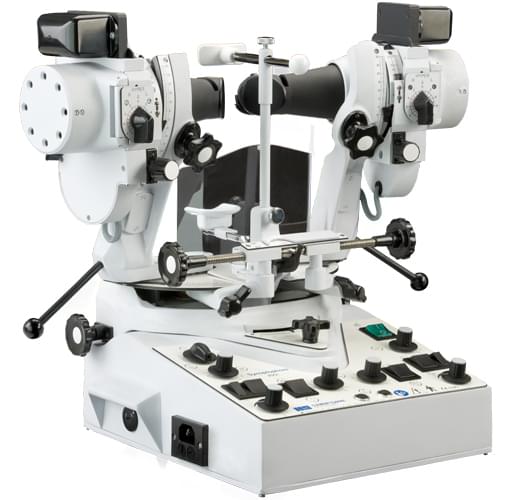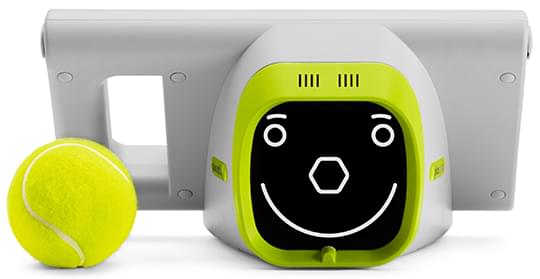Lazy eye (Amblyopia)
What is Lazy eye (Amblyopia)?
Amblyopia or the so-called "lazy eye" is an eye problem that affects thousands of children. This is a condition where there is a visual impairment without visible eye changes. This disadvantage is reversible if treated in a timely and proper manner.
Most often amblyopia can be developed by children with strabismus (crossed eyes). Therefore, if you notice that your child is deflecting (squinting) one eye, you should consult an ophthalmologist. Another reason for amblyopia may be the need of dioptric correction (usually for hyperopia); congenital ptosis (drooping eyelids at birth); congenital cataracts (cloudy lens). The hereditary factor is also significant.
In the absence of symptoms you should make the first preventive eye examination of your child between 3 and 4 years of age and then at the age of 6. It is necessary to examine the eyesight of the two eyes individually and if it is found to be less than 80% without any other objective reasons for this, immediate treatment should be initiated.

How the Lazy eye (Amblyopia) is treated?
Appropriate eyeglasses are prescribed to correct the dioptric imperfections of the eyes. The "good" eye is covered and the "lazy" eye is exercised. This is the most important and most difficult moment of the treatment, requiring your patience and insistence on the child to wear glasses and to cover the healthy eye.
The parents should be aware of the importance of the treatment and monitor very strictly the exercises involving covering of the good eye. Although improvement can be achieved relatively fast, over time the amblyopia can return, which is usually overcome after a resumption of the treatment. Children with strabismus (crossed eyes) may need surgery to "straighten" the eyes.
Children with lazy eye should be taken regularly to periodic check-ups at the discretion of the treating physician. They must be monitored at least until the age of 10 years, assessing the need for occlusion.
In addition to the obligatory covering of the "good" eye, visual exercises in a special device (a synoptophore) are highly recommended in order to accelerete the "lazy" eye development.
If the condition is stable, the check-ups may be done at 6-month intervals. If treatment is not initiated at early age, the "lazy" eye will remain with very low vision, which cannot be improved over time.

Synoptophore Clement Clarke Model 2001 of the UK company Haag-Streit for pleoptic treatment of amblyopia and for orthoptic treatment of binocular dysfunction

Children autorefractometer PlusoptiX A12C for eye examination of young children